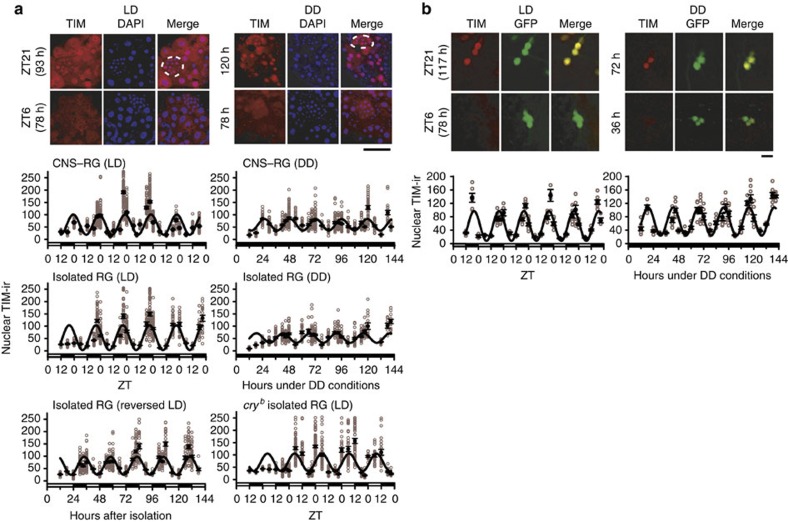Figure 4. Nuclear TIM immunostaining in cultured PG cells.
(a) Images: comparison of anti-TIM-ir in CNS–RG complexes maintained under 12-h:12-h LD cycles or DD conditions. Unlike the PER-ir, nuclear TIM-ir exhibited apparent circadian rhythms in CNS–RG cultures maintained under DD. Scale bar, 50 μm. Graphs: nuclear TIM-ir in PG cells was calculated as the TIM-ir/DAPI fluorescence intensity ratio at each time point (number of cultures, 267; number of cells, 6,502). Robust circadian oscillation of nuclear TIM-ir accumulation occurred in CNS–RG complexes maintained under LD conditions (estimated period, 23.6 h) and under DD (23.5 h). Also, circadian oscillations were found in isolated RGs maintained under LD (24.4 h) or DD (24.4 h) conditions. The TIM-ir rhythms in the isolated RG entrain to LD cycles; synchronous rhythms (24.1 h) were present under reversed LD cycle conditions. CRY in the RG is essential for LD entrainment of, but not for the generation of TIM-ir rhythms in PG cells because detrained rhythms (24.8 h) were present in isolated RG cultures from cryb mutants. (b) TIM-ir in LNs in CNS–RG complex cultures. Images: high levels of TIM-ir (red) were observed in LN nuclei in the middle of the night (ZT21) under LD conditions and in the middle of subjective night (72 h under DD conditions). LNs were identified by their expression of GFP in Pdf-gal4/UAS-GFPII S65T flies. Red TIM-ir and green GFP image-overlays identified LNs that exhibited rhythmic nuclear TIM-ir (yellow in the merge images). Scale bar, 5 μm. Graphs: day–night nuclear TIM-ir rhythms exhibited an estimated period of 23.9 h. Free-running nuclear TIM-ir rhythms exhibited an estimated period of 24.2 h under DD conditions. In both cases, nuclear TIM-ir rhythms were sustained for five circadian cycles in vitro.

